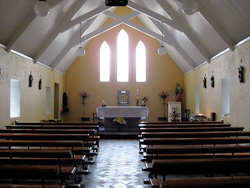
Power Supplies
The essential difference between stand-alone amplifiers and active loudspeakers is the required wattage the power supply has to deliver.
Traditional component amplifiers must be designed to handle various external loads. This requirement inevitably causes component amplifiers to be overbuilt.
With active loudspeakers, the load is predetermined, as is the maximum current load. If current load is predetermined, you can reduce the requirements of the supply thus, reducing the design cost.
As soon as the external elements faced by stand-alone amplifiers are removed, a designer needs only to implement the exact amount of circuitry required. Maximum current requirements are then fixed and cannot be altered from an outside source.
Once you know this, the need for short circuit protection, additional output transistors, larger pre-drivers and massive heatsinks are practically eliminated.
Another advantage active loudspeakers have over stand-alone amplifiers is weight loss (i.e., less metal). The elimination of large heavy heatsinks and power supply transformer seriously reduces overall system weight.
The need for an expensive, heavy rack mount chassis is also eliminated, and should yield further cost reductions, right? One could only hope!
Looking Forward
I’m certainly not trying to say that active loudspeakers are the solution to every audio application, as there will always remain a need for traditional PA systems. My point is that anyone designing a new system should consider active loudspeakers as an option, especially if the system requires occasional portability.
I suspect you’ll find extra cash in your budget and fewer headaches down the road if you decide to go with active loudspeakers.
Jeff Kuells is an audio engineer and audio manufacturing consultant and was previously director of engineering for a major amplifier manufacturer.
